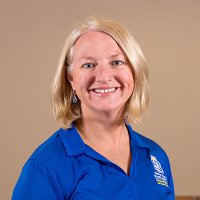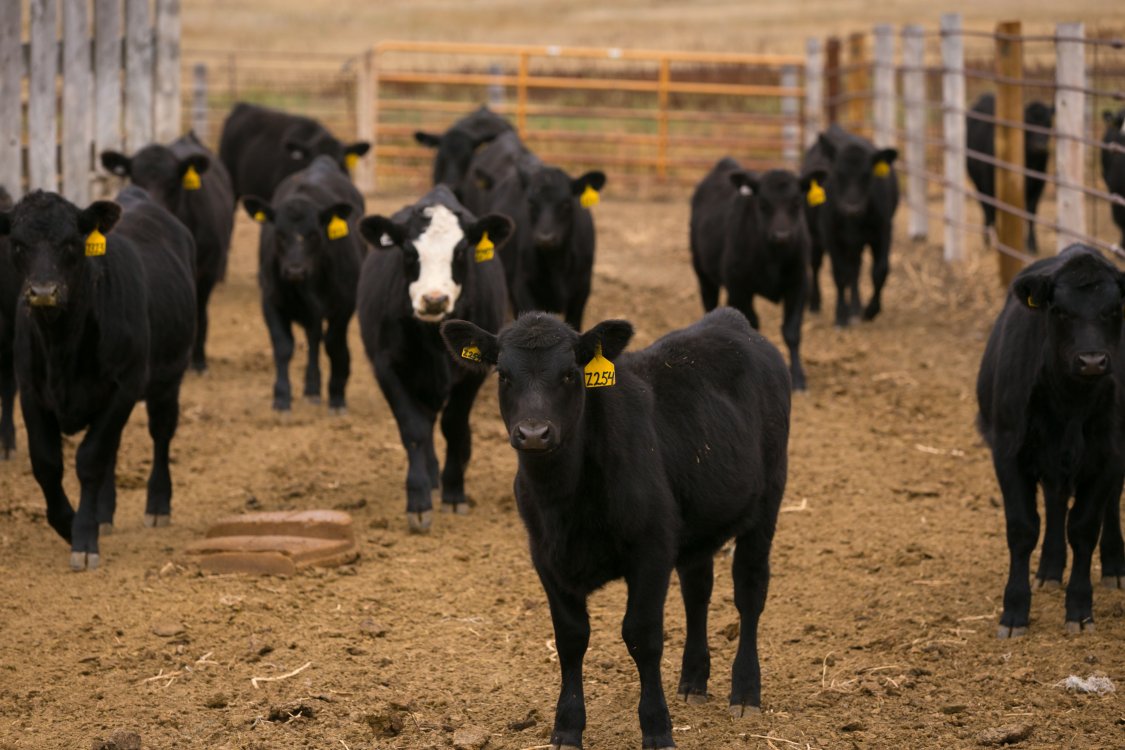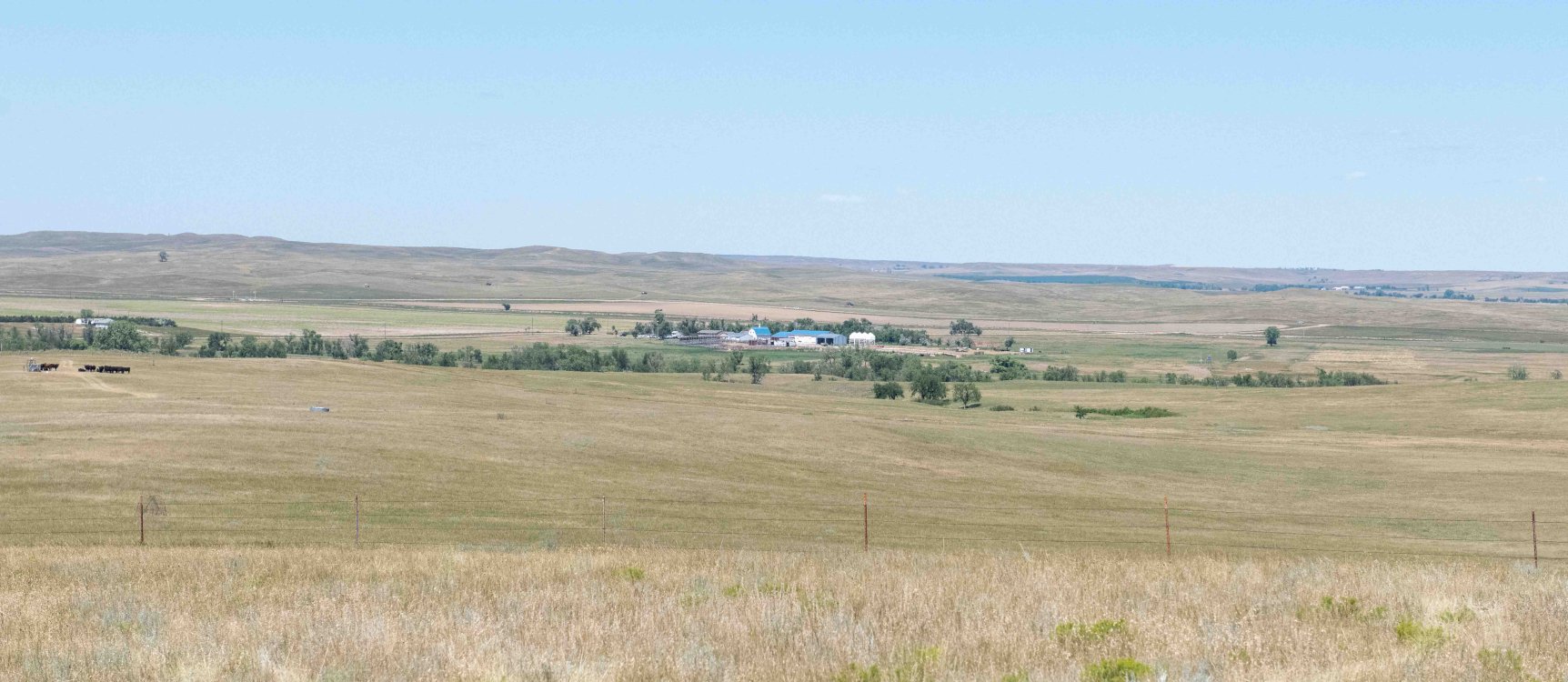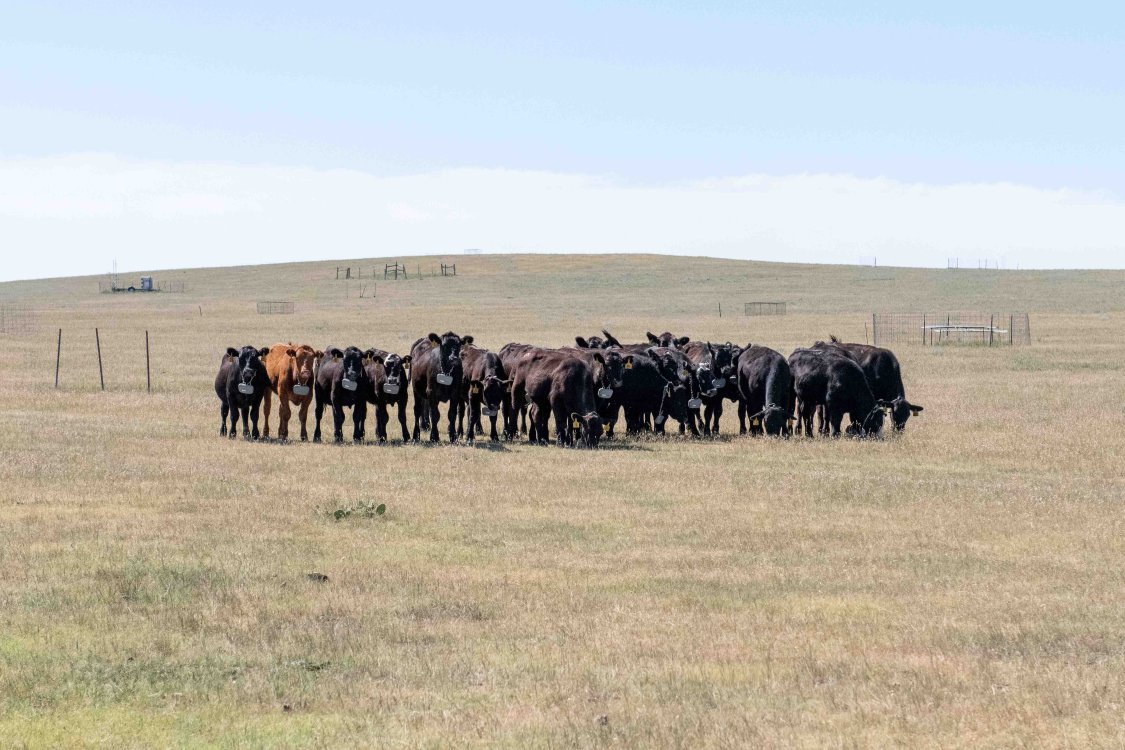About Cottonwood Field Station
The Cottonwood Field Station was established in 1907 by the Agricultural Experiment Station at South Dakota State University. It initially consisted of 640 acres where the station headquarters are located today. The initial focus of the research in 1907 was crops and soils. In 1940 the station was expanded to its current 2640 acres when it acquired 2000 acres of federal land. An additional 1100 acres are utilized during the summer at Ft. Meade (30 miles north of Rapid City).
The vegetation at the Cottonwood Station is predominantly native plants of which are mostly cool-season grasses. Western wheatgrass is the main species with needle and thread, green needle grass, and little bluestem also present. Buffalo grass and blue grama are the main warm-season grasses. Introduced pastures of crested wheatgrass and Russian wild rye are also grazed.
Cottonwood Field Station maintain a herd of about 150 Angus-Simmental cows that are utilized for research programs. These cow-calf pairs are summered and bred at Ft. Meade. In November after weaning, the cows are brought back to Cottonwood where they are wintered and calved out. Calving begins April 20. About 150 yearling steers are purchased each year for range research projects at Cottonwood.
Cottonwood Restoration Updates
Key Research Projects:
- Long-term stocking rate trial
- Precision Livestock Weighing
- Virtual Fencing
- Enteric GreenFeed Measurement of western SD rangeland cattle
- Precision Heifer Supplementation
- Precision water monitoring
- Development of precision data informed virtual fencing rotation grazing models.
- Precision drinking water intake assessment of rangeland beef cattle
- Rangeland rehab: Extension. Reestablishing natives on weedy pastures
- Rangeland plant, soil, and carbon monitoring on long-term grazing sites.
- Remote sensing assessment of rangeland pastures
- Remote sensing predictive models for forage quality and quantity.
- Bale Grazing using virtual fencing
- Intensive grazing using virtual fencing
- Developing a dry matter intake prediction equation using precision technology
- Riparian restoration using low-cost, low-tech process-based restoration
- Educating and informing producers about precision ranching technology
- Graduate student training and education
- Beginning beef cattle producers - grazing workshop
- Educating and informing agency personnel about precision ranching technology

Kristi Cammack
Assistant Dean of West River Operations, Director of SDSU West River Research and Extension
SDSU Extension
SDSU West River Research and Extension
Center of Excellence for Bison Studies
Wizipan Leadership and Sustainability Program
College of Agriculture, Food and Environmental Sciences





